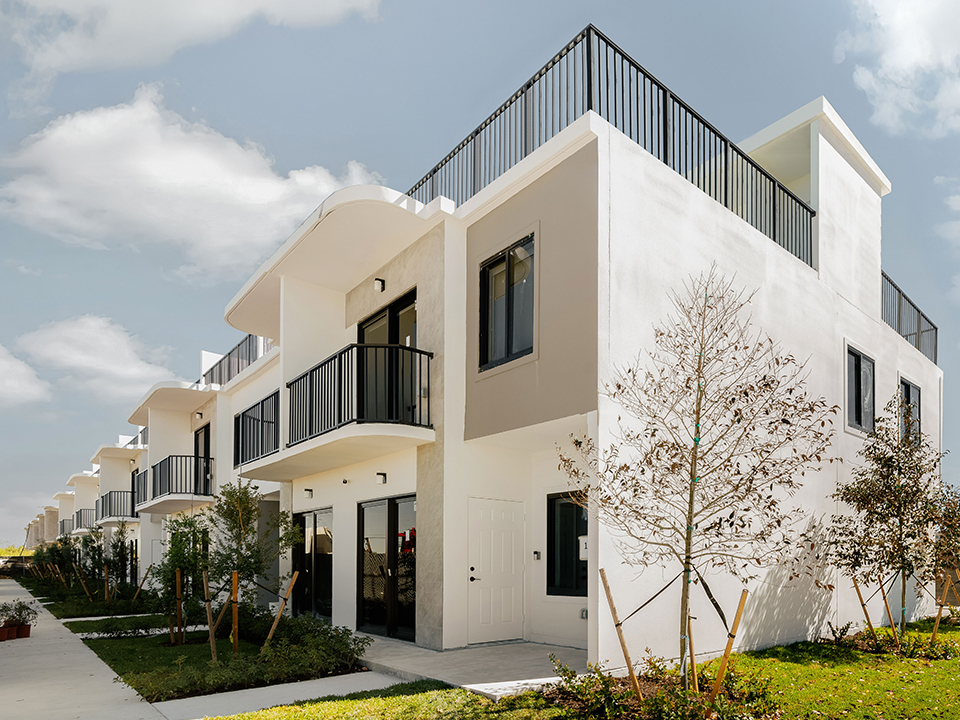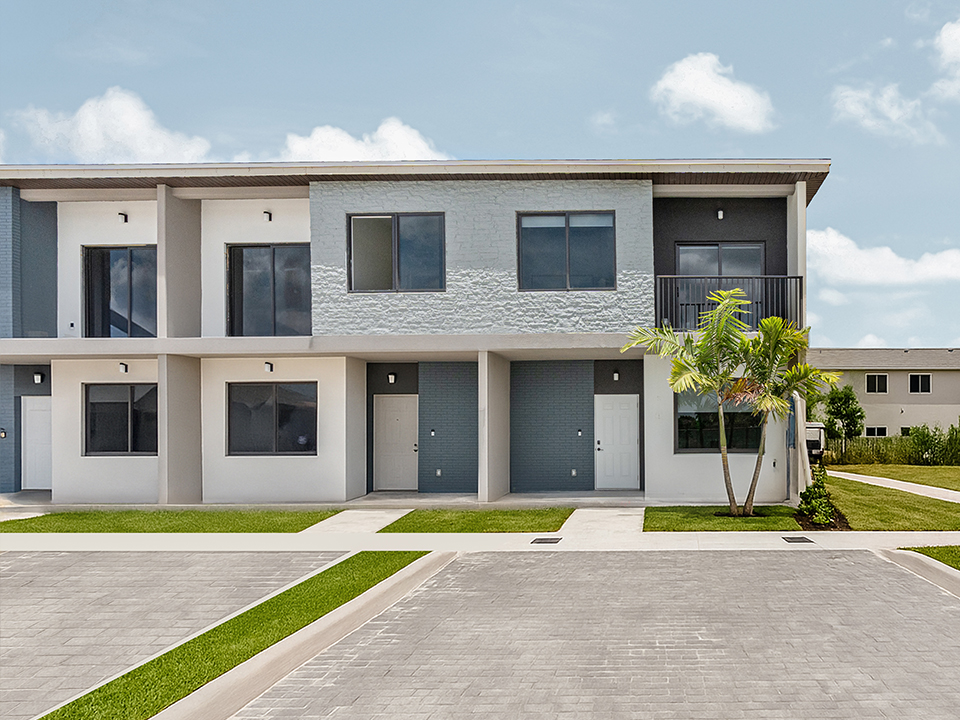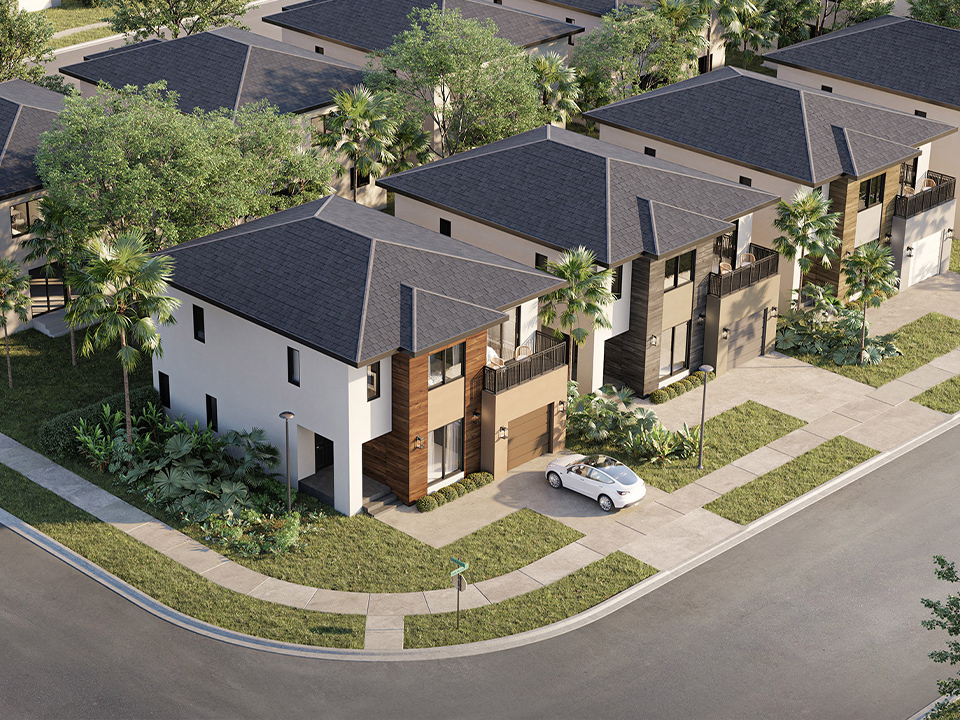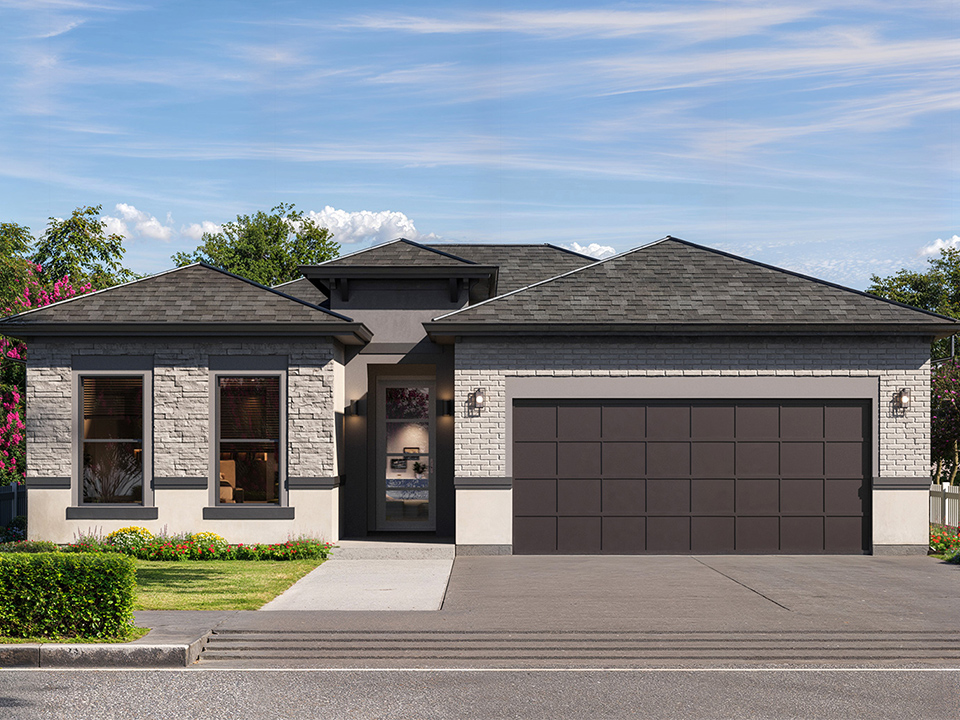It’s 1,200% Harder To Move to theMidwest Than the South — Here’sthe Surprising Reason

By Paige Cerulli – Yahoo Finance
Published on April 25, 2025
If you’re planning a move to another state or region, then you’ll want to pay attention to data about the housing gap. The housing gap, which refers to a shortage of available and affordable housing, affects regions differently.
Understanding the Housing Gap
According to the National Low Income Housing Coalition (NLIHC), there is no state with “an adequate supply of affordable rental housing for the lowest-income renters.” The situation is worse in certain states, including in the Midwest. For example, in Wisconsin, there are just 33 affordable and available rental homes for every 100 extremely low-income renter households. In Iowa, that figure climbs to 34. But if you head south to Mississippi, that figure climbs to 59, and in Alabama, it’s 52, meaning it would be easier to move to these states.
Illinois Policy also highlights the difficulty of finding housing in the Midwest, especially for those living in poverty. According to data, one in three Illinois households pay more than 30% of their income for housing. To help low-income families, Illinois will need another 113,000 units and almost 290,000 affordable rental homes.
How the Housing Gap Affects Buying and Renting Homes
The lack of housing inventory makes it much more difficult to move to the Midwest than to areas where the housing gap is smaller. Ash Bhardwaj, CEO of Onx Homes, explained that there aren’t enough homes — especially modern, resilient homes — available for buyers to purchase in the Midwest.
“The housing gap in the Midwest drives up home-buying costs, limits choice and slows economic mobility for would-be residents,” Bhardwaj said. “In contrast, regions with smaller housing gaps are easier for families to relocate to, as it’s easier to find housing that meets their needs and begin building wealth.”
Several factors contribute to this steep housing gap in the Midwest.
Slowed Construction
According to Bhardwaj, construction slowed dramatically and never rebounded after the 2008 financial crisis.
“As some of the Midwest’s bigger cities enjoyed job growth, housing supply failed to keep pace,” he explained.
Additional issues, like zoning regulations, labor shortage challenges and aging infrastructure, further limited new construction.
As demand for housing in the Midwest rose but the housing supply became outpaced, it resulted in the current affordability and availability gap.
“As a result, it’s harder for families to relocate to the Midwest region despite its economic potential and high quality of life,” explained Bhardwaj.
Demand From the Pandemic
The housing shortage caused by the COVID-19 pandemic made the housing gap worse.
“[The pandemic] exacerbated an already tight inventory market and drove nesting activity by households that already existed, as well as drove household formation,” said Tom McCormick, ABR, BPOR, broker and owner at EXIT Realty Horizons in Metro Milwaukee.
According to Bhardwaj, demand for single-family homes increased during the pandemic. The pandemic also disrupted supply chains and contributed to inflated construction costs. Additionally, remote work allowed more families to move to the Midwest, increasing demand and straining the already limited housing supply available.
Young Homeowners
During the COVID-19 pandemic, young would-be homeowners who couldn’t afford or find a home often moved in with family or roommates. Now, as those would-be homeowners look for their first homes, they’re driving up demand.
“With a limited supply of entry-level homes, especially homes that are resilient to natural disasters and climate change, these younger buyers are faced with a dearth of options,” explained Bhardwaj. “This wave of pent-up demand is intensifying the housing gap due to demand building faster than supply, putting additional pressure on the already strained inventory and pricing out young buyers.”
While young homeowners may be ready to buy, older homeowners aren’t ready to leave their homes and are choosing to age in place when they can.
“Healthier folks are aging in place and are not bringing their homes to market,” said McCormick.
Buyers have less inventory to choose from, as a result.
Advice for Moving to the Midwest
If you’re planning to move to the Midwest, McCormick recommended you hire a Realtor with experience in and an understanding of the local marketplace.
Bhardwaj recommended a strategic and forward-thinking approach when buying a home. “You need to consider the long-term homeownership costs of the residence that you choose to invest in — especially in the era of climate change and natural disasters.”
And, when buying in the Midwest, prepare to be patient. The housing gap will make both buying and renting more difficult, so be prepared for the process to take longer than usual. Have all of your paperwork ready to go, so when a potential home does come along, you’re ready to make an offer or submit your rental application.



